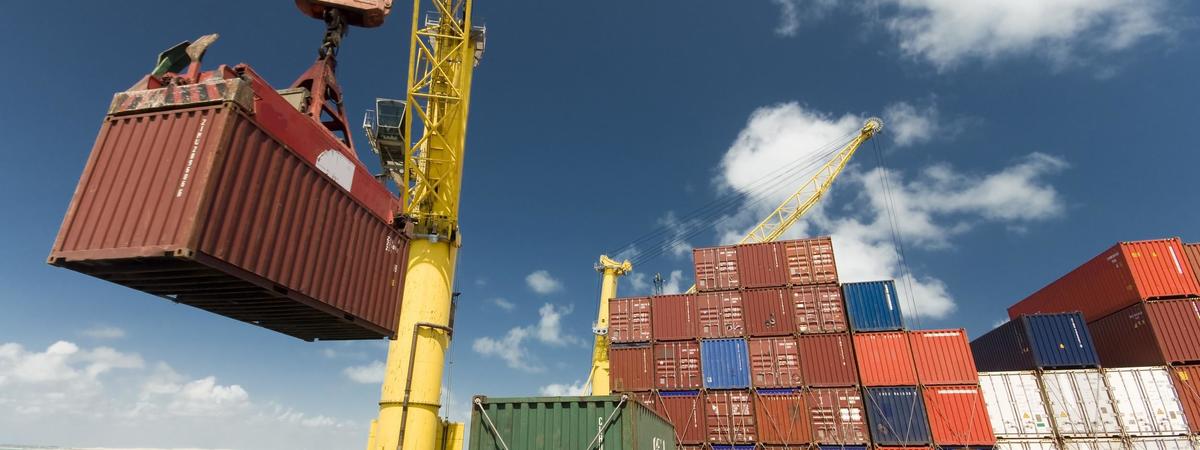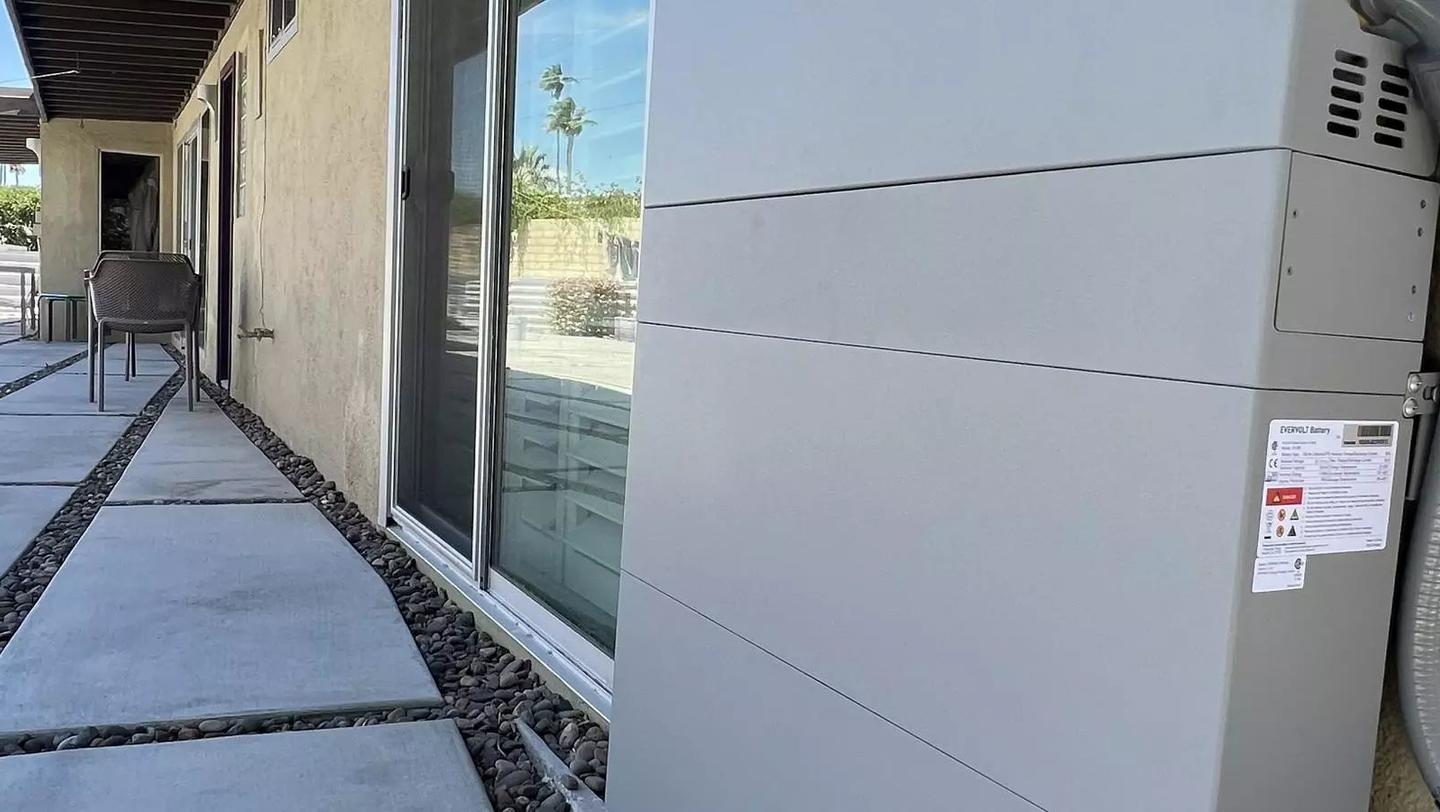Help for Commerce Hubs in Battle of Spotty Connectivity and Mobile Technology Performance

Help for Commerce Hubs in Battle of Spotty Connectivity and Mobile Technology Performance
Ports are the hubs of commerce where goods are transferred from one mode of transportation to another in what is referred to as intermodal transport. Typical ports include sea-borne container vessels, railway cars, and roadway trucks. Transferring the containers that carry the products between those shipping modes and carriers is a complex and fast moving process that requires real-time communication between the items being moved, the vehicles transporting them, and the people who make it happen. The combination of moving containers, equipment, cargo and people can make keeping connections intact and communications equipment running a challenge.
Ports rely on multiple forms of communication including radio, RFID, Wi Fi, and mobile broadband to coordinate all the parties and functions that go into getting products from where they came from to where they are bound. A major challenge for all of these forms and the users is maintaining connections to their networks and systems as the equipment and devices are subject to notoriously rough weather and working conditions. Equipment and communications devices encounter muck, grease, water, sand and are bumped and dropped onto concrete and metal. This combination of weather, environment and hazards can cause communications disruption and delays stalling time sensitive shipments, So the mobile computing equipment and devices, whether tablets handhelds or notebooks, need to reliably work in conditions where most standard devices are likely to fail.
Changing and Challenging Conditions
Ports are populated by heavy equipment that is capable of lifting and moving multiple tons of cargo. Mobile computing devices are no match for cranes and railway cars, and standard grade computing and communications equipment can be damaged from drops, equipment vibrations and especially from being hit by common equipment like a gantry chain. Disabled mobile communications equipment causes delays and errors. However, purpose-built rugged laptops, tablets and handhelds are designed and manufactured specifically to withstand the rough conditions of a port terminal.
Even when mobile devices are functioning normally they still may not meet the needs of such demanding environments if the users are unable to read the screen. Shipping port and terminal workers move between bright sunlit areas and deep shadows as they go about their duties, but need to be able to see what is on their screens not matter what the lighting. Most consumer grade devices are unreadable in bright sunlight forcing workers to find shaded areas, something that may not be possible, and may in fact put them in unsafe or even dangerous conditions. Purpose-built, enterprise ready solutions, like a rugged handheld mobile device or tablet are a better standard for use in port and intermodal environments.
Spotty Communications
In the general business world, Wi Fi or mobile broadband network connectivity is assumed to be available at most locations. The port environment however, presents a unique challenge because of the amount of metal in the form of containers, ships, cranes and other transport equipment that form very effective barriers to radio signals.
According to NetMotion Wireless, a provider of mobile VPN systems, “The signal blocking problem in container terminal ports is well-known. Terminals typically install wireless access points overhead on buildings and light masts, but ship side cranes, yard cranes and stacks of steel shipping containers constantly move and create unpredictable blind spots.”
To combat this issue several adaptations can be made. For one, the mobile devices, tablets or handheld devices of workers should be those purpose-built for harsh networking environments and engineered with antennae specially designed to deal with conditions such as a multi-tapping, which is a condition that confuses the mobile device radios when multiple radio signals are available to a wireless handset caused by bouncing between stacks of steel containers.
Additionally, specialized networking solutions like NetMotion’s intelligent VPN can further help to manage connections and communications for optimum performance.
Always in motion and always working
Port operations present extreme conditions in which mobile computing solutions need to survive and perform reliably, day or night of the working day. In addition to connectivity and durability, device attributes like long battery operation/life and extended warranty and service capabilities are top priorities to consider. The design, performance and reliability of mobile devices including, handheld, tablets and laptops can make the difference in successful and safe port operations.
To understand, in more specific terms, the differences found in purpose-built mobile devices download our whitepaper, "Not All Rugged Created is Equal".











